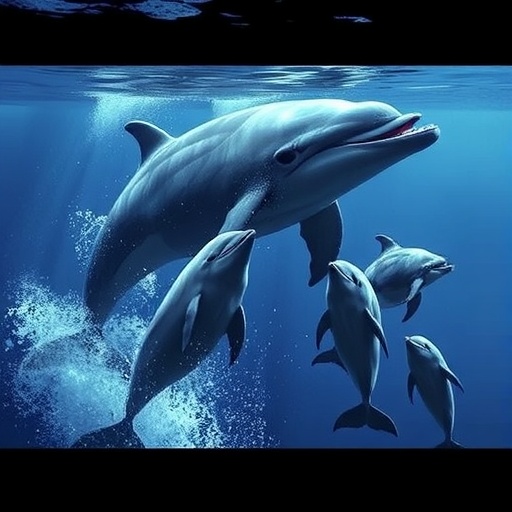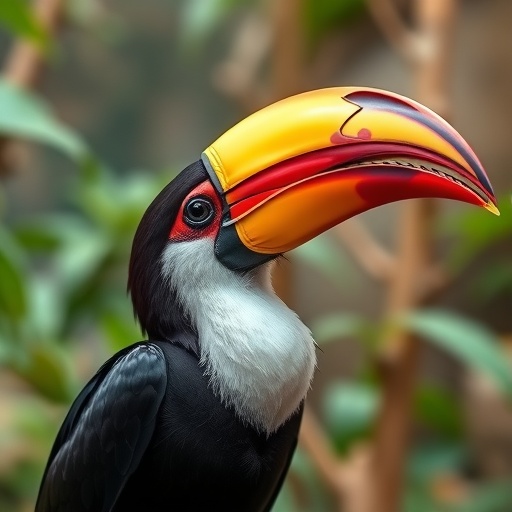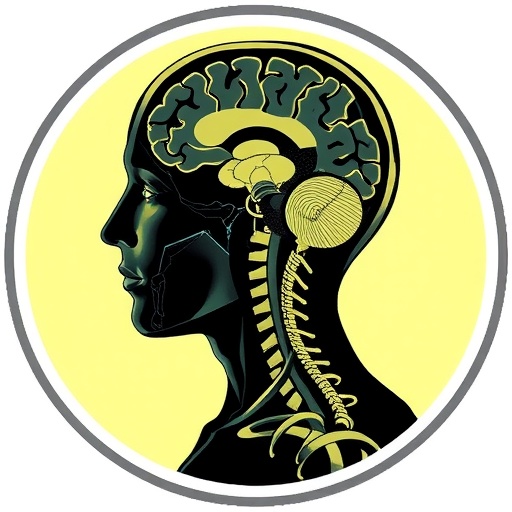
A captivating new study published in the journal Discover Animals has opened up the debate surrounding social interactions between two of the ocean’s most charismatic groups: baleen whales and dolphins. The research conducted by Meynecke and Crawley sheds light on the complex social behaviors exhibited by these marine mammals, focusing specifically on the nuances of their relationships. The authors conducted a thorough examination of their interactions, providing both qualitative observations and quantitative data to support their findings. This pioneering work seeks to enhance our understanding of marine mammal behavior and ecology, ultimately contributing to the fields of marine biology and conservation.
Baleen whales, belonging to the order Mysticeti, are known for their massive size and unique feeding mechanisms. These creatures filter feed on small organisms by taking in large amounts of water and expelling it through their baleen plates. This filter-feeding technique distinguishes them from their toothed counterparts, the dolphins of the family Delphinidae, which are known for their agility, advanced intelligence, and social structures. By comparing the social behaviours of these two groups, the authors aimed to uncover any potential similarities or differences that could inform our understanding of their evolutionary pathways.
The study utilized extensive observational data collected in various marine environments, lending credibility to their findings. Researchers spent countless hours in the field, compiling information on the frequency, duration, and nature of interactions between baleen whales and dolphins. This observational approach allowed them to witness a range of behaviors, from cooperative hunting strategies to more playful interactions between the two species. Such moments of social engagement may suggest a level of intelligence and adaptability that challenges the traditional understanding of interspecies relationships in marine ecosystems.
Interestingly, the researchers discovered that the interactions are not merely random occurrences but often serve specific purposes, such as hunting or social bonding. For instance, during feeding events, dolphins were observed to utilize sophisticated strategies to work in tandem with baleen whales, driving schools of fish towards them. This form of cooperative hunting not only enhanced their feeding success but also demonstrated an intricate understanding of each other’s behaviors. Such findings prompt a reevaluation of the presumed boundaries that delineate species interactions in marine environments.
Additionally, the study delved into the social structures of both groups, emphasizing the importance of family units in their social dynamics. Baleen whales, often seen migrating in pods, display certain social bonds that reflect parental care and social learning. Conversely, dolphins, known for their complex social networks, rely heavily on communication and social cues, which appear to facilitate their cooperation with baleen whales. This interplay raises compelling questions about the evolution of social behaviors in marine mammals and how these interactions may affect their resilience in changing marine ecosystems.
The research also highlights the potential impact of environmental stressors on these interactions. Given the challenges posed by climate change, pollution, and overfishing, understanding such social behaviors could prove vital for conservation efforts. The authors suggest that preserving these dynamic interactions may be crucial to maintaining population health and biodiversity within marine ecosystems. Their findings underscore the necessity for marine conservation strategies that prioritize not only the individual species but also their ecological relationships.
Furthermore, the study invites a larger conversation about the significance of interdisciplinary research in marine science. By integrating behavioral ecology, conservation biology, and evolutionary theory, Meynecke and Crawley have set a precedent for future studies examining the intricate relationships between marine species. Their approach reflects a growing trend in science that acknowledges the interconnectedness of life, challenging researchers to expand their focus beyond single species to consider the broader ecological context.
In conclusion, Meynecke and Crawley’s research marks a significant step forward in our understanding of marine mammal social behavior. Their detailed exploration of how baleen whales and dolphins interact reveals profound insights into the lives of these remarkable animals. As we strive to protect our oceans and the myriad forms of life they support, studies like this remind us that the key to conservation may lie in understanding the social threads that bind different species together. By fostering a deeper appreciation for such connections, we might better equip ourselves to face the challenges that threaten marine ecosystems today.
The implications of this study resonate well beyond academic circles, offering a renewed sense of urgency regarding the conservation of marine habitats. The interactions between baleen whales and dolphins are not merely fascinating observational phenomena but are intimately tied to their survival and adaptability in a rapidly changing world. As we look ahead to the future, it becomes increasingly clear that the actions we take today will shape the behaviors and relationships of the marine organisms that inhabit our oceans.
The research challenges us to consider our role in the protection of these majestic creatures and their habitats. In understanding the complexities of their social interactions, we gain a greater appreciation for the beauty of marine biodiversity. Indeed, this work serves as a clarion call for further exploration into the intricate social lives of marine mammals, urging scientists and conservationists alike to prioritize these relationships in their efforts to safeguard the future of our oceans.
In summary, the findings from this groundbreaking research not only illuminate the fascinating dynamics between baleen whales and dolphins but also highlight the necessity for continued exploration and conservation. As we deepen our understanding of their social behaviors, we uncover the interconnected web of life that exists beneath the surface, reminding us of the responsibility we hold in preserving these incredible marine ecosystems for generations to come.
Subject of Research: Social behaviour between baleen whales and dolphins.
Article Title: Assessing social behaviour between baleen whales (Mysticeti) and dolphins (Delphinidae).
Article References:
Meynecke, JO., Crawley, O. Assessing social behaviour between baleen whales (Mysticeti) and dolphins (Delphinidae).
Discov Anim 2, 54 (2025). https://doi.org/10.1007/s44338-025-00099-2
Image Credits: AI Generated
DOI: 10.1007/s44338-025-00099-2
Keywords: baleen whales, dolphins, social behavior, marine conservation, interspecies interaction, behavior ecology.
Tags: baleen whales social interactionscomparative study of marine mammalsconservation of marine speciesDelphinidae intelligence and agilitydolphins social behaviorsecological significance of baleen whalesimplications for marine conservation effortsmarine biology researchmarine mammal relationshipsMysticeti species characteristicsqualitative and quantitative research in marine scienceunderstanding social behavior in ocean ecosystems




